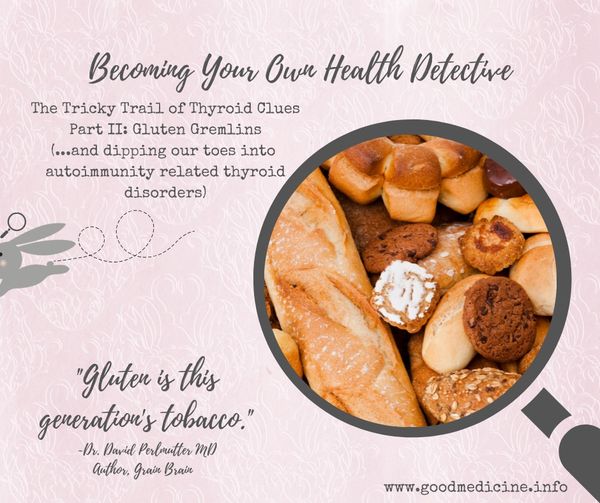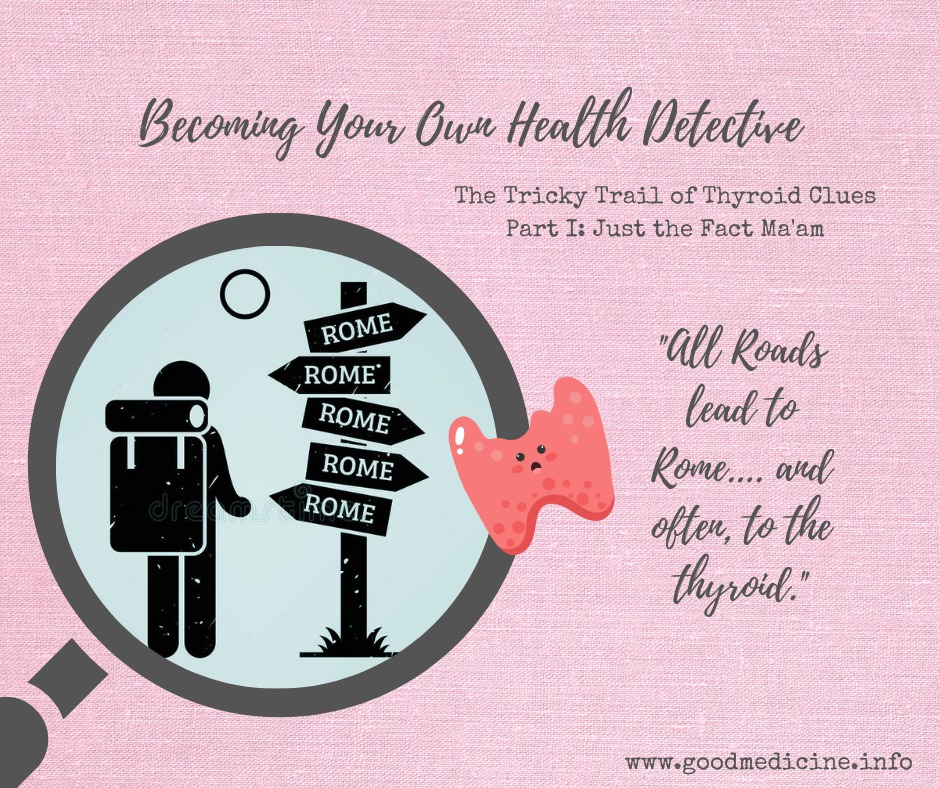
We live in north Texas and the “in like a lion and out like a lamb (with everything in between 







 !)” is certainly a possibility in nearly any given week in the Spring. And yet, we love where we live in spite of the “wait an hour and see what the weather’s got planned” springtime drama. We had just such a night a few days ago
!)” is certainly a possibility in nearly any given week in the Spring. And yet, we love where we live in spite of the “wait an hour and see what the weather’s got planned” springtime drama. We had just such a night a few days ago !
!
This Mother Earth News article is a great reminder on preparedness. At the end of the article there is a nifty list of what to have easily available on hand.
One of the highly suggested items is a first aid kit, medication, and any special need health items. I’ve personally created my own first aid kit that is pretty exclusively YL essential oil based. Have you done this too? Let me say……. it’s saved our keesters on more than one occasion!
Categories of interest you might consider when you build your kit:
What’s in your kit? 
xoxo~ liz




